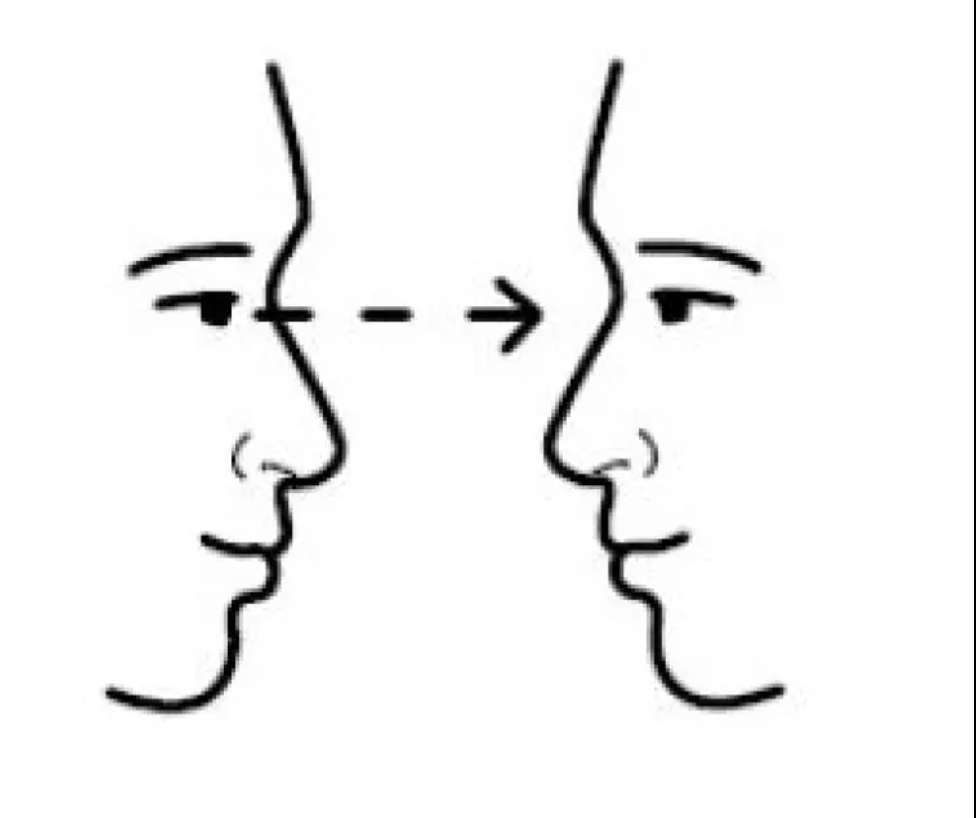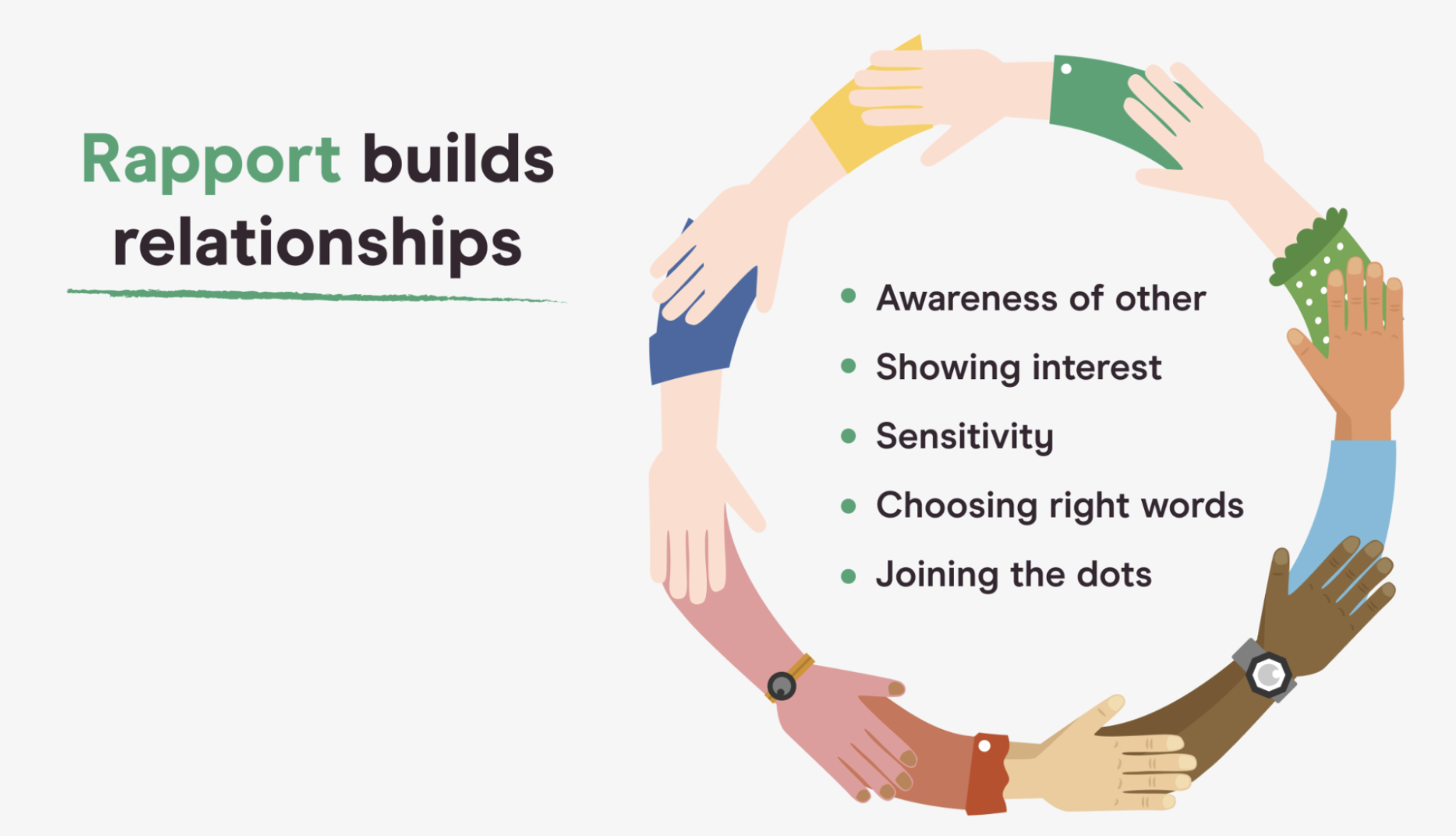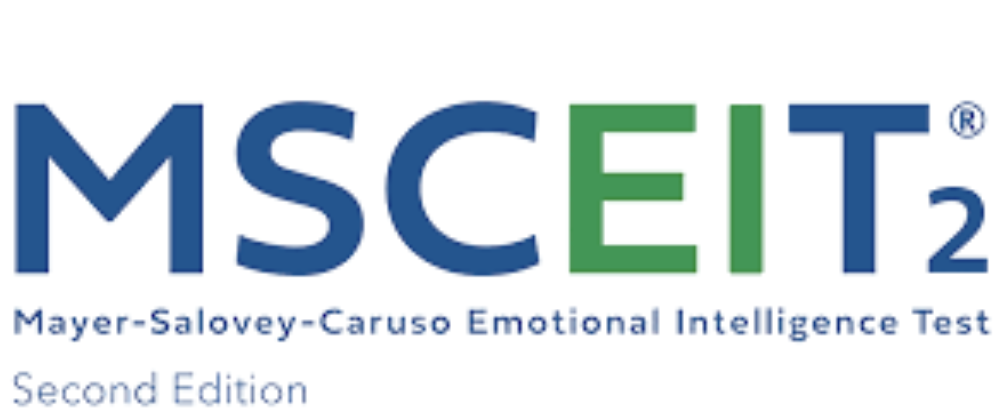Why Eye Contact Works Differently on Video Calls

We've all felt it—that slightly awkward moment in a video call where you're not quite sure if you're making eye contact with someone, or the strange sensation of being stared at while simultaneously feeling like you can't quite connect. After years of virtual meetings becoming our daily reality, it's worth examining why something as fundamental as eye contact feels so different through a screen.

The Camera Paradox
Here's the problem: when you look at someone's eyes on your screen during a video call, you're actually looking down (or wherever your screen is positioned). But your camera is typically mounted above or beside your screen. So while you feel like you're making eye contact by watching their face, they're seeing you looking downward or away. It's a structural impossibility—you literally cannot look at someone's eyes and into the camera at the same time.
In person, this problem doesn't exist. When you look into someone's eyes, they see you looking into their eyes. The feedback loop is direct and immediate.
The Missing Dance of Mutual Gaze
Face-to-face eye contact is a dynamic dance. We make eye contact, we break it, we glance away briefly before returning. These micro-movements communicate comfort, interest, respect, and emotional regulation. We naturally know when to hold someone's gaze and when to give them (and ourselves) a break.
Video calls flatten this dance into something more static and uncomfortable. Because we can't tell exactly where someone is looking, we end up either staring continuously at the screen (which feels intense) or avoiding looking at it altogether (which feels disconnected). The natural rhythm is broken.
The Cognitive Load of Performance
During in-person conversations, eye contact happens somewhat automatically. You're not thinking "now I will make eye contact" every few seconds—your brain handles it in the background while you focus on the conversation itself.
On video calls, eye contact becomes a conscious performance. You might think: "I should look at the camera to seem engaged" or "Am I looking at the screen too much?" This metacognition takes up mental bandwidth that would otherwise go toward actually listening and responding thoughtfully.
The Gallery View Problem
In-person meetings usually involve natural sight lines. You can make eye contact with a speaker, glance at someone who's reacting, and maintain awareness of the whole room without it feeling strange.
Video calls present everyone in tiles or rows, creating an unnatural viewing experience. Looking at one person means not looking at others. The speaker sees everyone looking in slightly different directions. The geometry is completely wrong, and our brains know it.
When Video Actually Works
Interestingly, one-on-one video calls can sometimes feel more intimate than group calls, precisely because they simplify the eye contact equation. With just two people, you can develop a shared understanding: "We both know we're looking at our screens, and that's okay." The pretense falls away, and you can settle into a different but genuine form of connection.
Some people also report that looking at the camera (rather than the screen) during important moments—like saying hello, making a key point, or saying goodbye—helps create brief instances of real eye contact that matter more because they're intentional.

Adapting to a Hybrid World
We're not going back to a fully in-person world, which means we need to develop new literacies around virtual communication. Some strategies that help:
- Position your camera at eye level and as close to your screen as possible to minimize the angle discrepancy
- Use a smaller window for video feeds placed near your camera, reducing how far your eyes travel
- Be explicit about attention: "I'm looking at my notes" or "I'm looking at the camera now" removes ambiguity
- Accept imperfection: Sometimes acknowledging that video eye contact is weird makes everyone more comfortable
The Bottom Line
Video call eye contact isn't broken—it's just different. It requires more conscious effort, more explicit communication, and more grace for ourselves and others. In-person eye contact draws on millions of years of evolution. Video call eye contact draws on about 15 years of widespread technology adoption and a few intense years of pandemic-era learning.
The eyes may be the window to the soul, but sometimes that window has a screen in front of it. And that's okay. We're all learning to see through it together.







